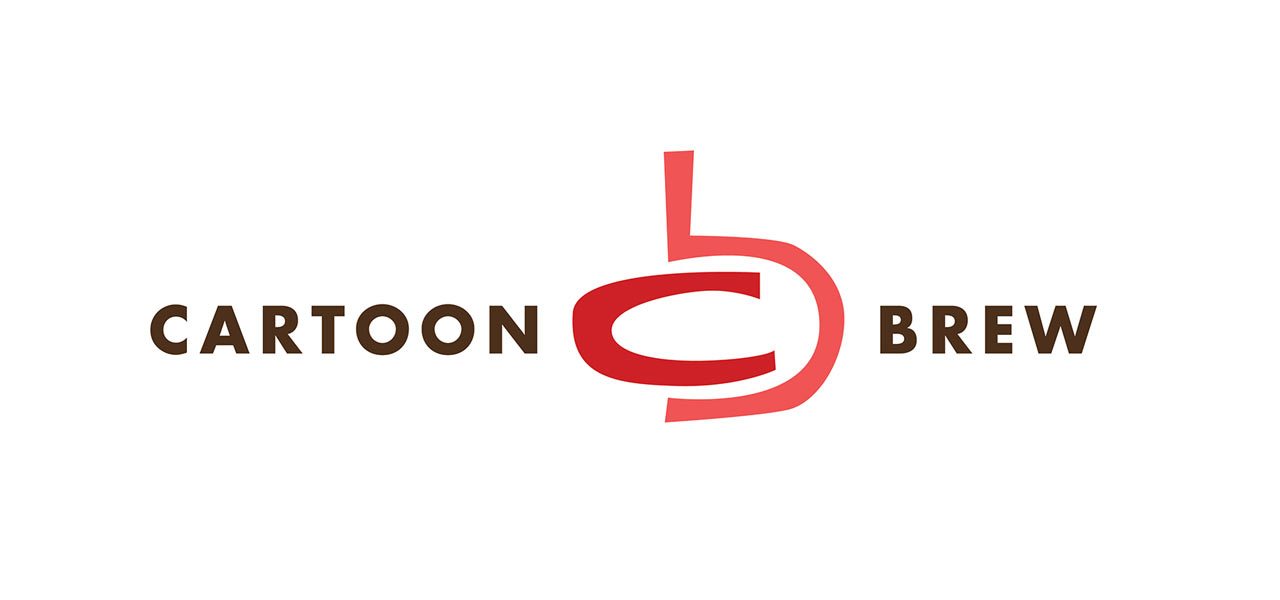

No Original Ideas Required: Welcome to Advertising
Even though Motionographer posted this advertisement for the Bonnaroo Music & Arts Festival, I felt it was important to post it again on Cartoon Brew. Not because it’s visually impressive (it is), but because of the technique it “borrowed” for its production.
The creators of the spot–director Elliot Jokelson and NY-based studio Ghost Robot–credit recent Pratt grad Javan Ivey for coming up with the Stratastencil technique upon which they’ve based their entire piece. When Javan posted his short “My Paper Mind” on his website last year, he also posted technical notes on how he achieved the look. (We mentioned Ivey’s work in last month’s piece about 3D papercraft animation.)
The ethical question here is, If an artist comes up with an original technique and style and a studio decides to use it shortly after the artist puts his work online, should the original artist be offered a job, financial compensation, or creative credit on the project?
Let me make one thing clear: techniques can’t be hidden away; they need to be pushed around, explored, discovered. Computer animation would not exist today if not for the early SIGGRAPH conferences where artists and technicians openly shared their discoveries. There’s a big difference here though in that Ghost Robot and Ivey were not working collaboratively and contributing to each other’s artistic development. Ghost Robot took another artist’s fleshed-out technique and got hired by a client to replicate that look. Examine Ivey’s original piece and the Bonnaroo spot and you’ll see that they not only borrowed the technique, they brazenly took actual animation ideas from Ivey’s piece. In my opinion, if you’re a studio that’s taking money on the basis of another individual’s brand-new technique, it’s shamelessly low not to make an effort to have the originator direct the piece.
In the comments of the Motionographer post, Ivey notes that he was emailed by the director but he didn’t respond to their initial inquiry. Ghost Robot’s single email to Javan does not, in my mind, constitute a sincere effort to communicate with him, and since the director was emailing him, it was clear that they weren’t looking to have Ivey direct. They’d already sold the job based on Ivey’s technique and, more than likely, they wanted to make their own jobs easier by having the originator show them the way.
In my opinion, this is what it boils down to: how creatively bankrupt does a commercial studio have to be to troll the Internet looking for the ideas of college students to rip off? Is there nobody at Ghost Robot who possesses an ounce of creativity so that they don’t have to pitch the ideas of college students to clients? Sadly this situation is considered business as usual in the icky world of advertising where studios regularly repurpose ideas, technique and styles. And just as I feel it’s important to point out the creative people in this business, I also feel it’s important to point out the Jokelsons and Ghost Robots who coast off the creativity of others.
At the end of the day, Javan lost money and work because of this, but he’s gained credibility within the animation community by having the validity of his animation technique proven by an uncreative commercial studio supported by deep-pocketed clients. It should be pointed out that despite being taken advantage of, Ivey has been a class-act about the situation and tells Motionographer:
“This is precisely what I mean every time I say ‘I’d like to see someone try.’ Because I do, I love to see what someone else does with it. They’ve taken the idea and applied manpower and a budget to it, and I’m absolutely floored. It looks great. I mean, I’m kinda bummed I wasn’t invited to the party, but I really enjoy seeing what they’ve done.”

.png)